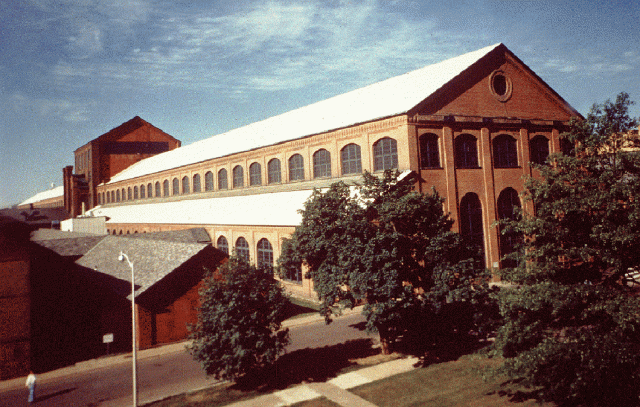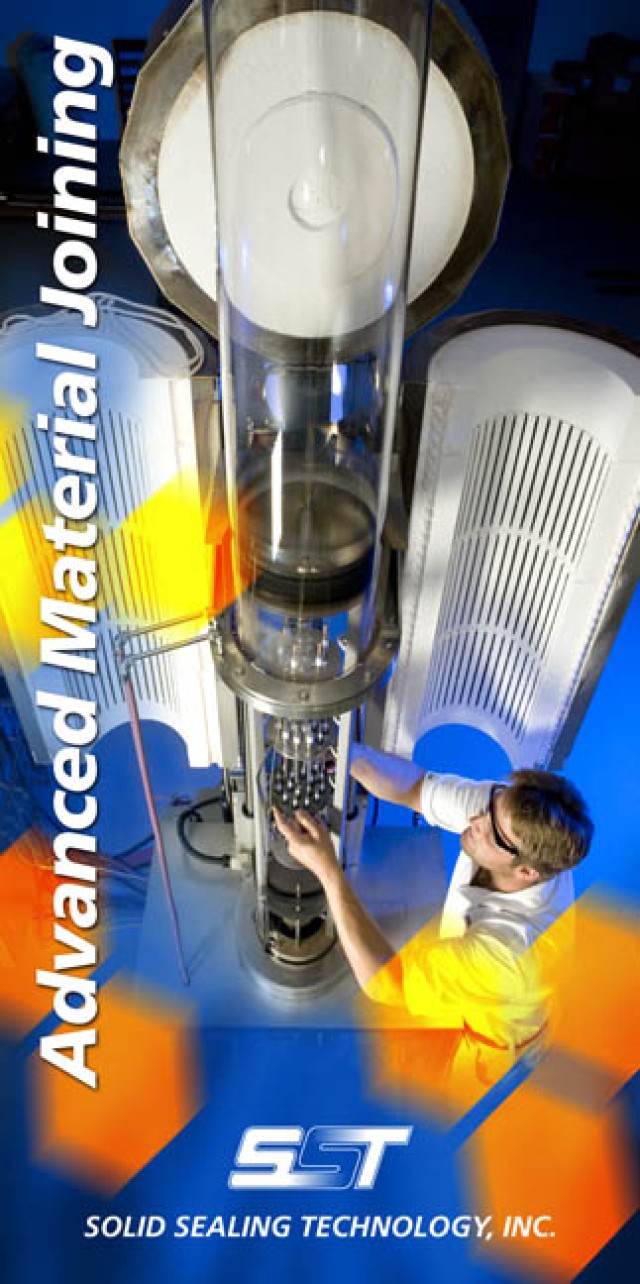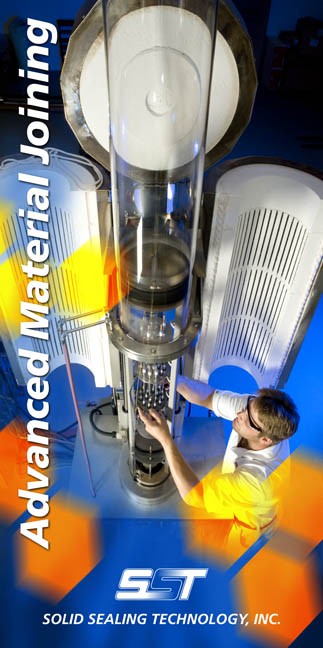WATERVLIET ARSENAL, N.Y. Aca,!aEURc The Army's cannon factory in upstate New York is at a crossroad, but some might say that it has been at one crossroad or another for nearly 200 years.
The view at this crossroad, however, may never have been clearer. The Watervliet Arsenal will continue to improve its core mission, which is to produce the finest military hardware for cannon, artillery, and mortar systems, but will do so by creating an Arsenal that will be known as much for its high-technology park as it is for its cannon factory, said Col. Scott N. Fletcher, Arsenal commander.
Not unlike the period after the War of 1812, when the government and the nation were recovering from massive debts incurred by the war effort, today's recessionary environment, combined with the nation's commitment to support its troops in Iraq and Afghanistan, have placed the Arsenal in a precarious position.
The plight of manufacturing plants throughout America is well documented in the news. Just recently in the Capital District, news stories have highlighted massive layoffs, plant closures and pay reductions for those in the local manufacturing industry.
Manufacturing is a tough business and just because the Arsenal is owned by the U.S. Army does not make it immune from the same challenges and obstacles for success as experienced by similar civilian-run businesses.
When the Arsenal was founded in 1813, its purpose was simple -- to support the nation's war effort against the British Army during the War of 1812 by manufacturing ammunition and other small military equipment. Considerations for efficiency and viability may not have been of much importance in those early years because after all, the nation was threatened by enemy forces immediately to the north and west of Albany, N.Y.
But those terms, efficiency and viability, are now critical for continued military operations at the Arsenal.
"The Arsenal has become extremely efficient in the production of military hardware for cannon, artillery, and mortar systems," said Fletcher. "Due to our high level of efficiency, we are better able to provide our customers with a quality product, at the right price, and on time."
Fletcher acknowledged, however, being efficient by itself is not enough.
"Although current production requirements have gone up by more than 200 percent in the last five years, the Arsenal is far from running at 100 percent capacity," Fletcher said.
During World War II, a workforce of nearly 10,000 filled the 143 acres of Arsenal property. Today, the Arsenal employs a little over 600 personnel who are involved in the production of military hardware.
"Our numbers of personnel may not be as large as they once were, but our importance to our community, to our Army, and to our nation is no less significant. The challenge now is to enhance the Arsenal's relevancy by better leveraging the Arsenal's property and facilities that are not currently required for military manufacturing. By doing so, we will create new jobs for the community and gain rental income that we will use to improve the Arsenal's 200-year old infrastructure," added Fletcher.
Solid Sealing Technology and several other high-tech companies that are now located on the Arsenal may help define which road at today's crossroad Fletcher should take.
Gary Balfour, president of SST, said the Watervliet Arsenal may be one of the best kept business secrets in the Capital District.
"When I and my business partner, Alan Fuierer, first visited the Arsenal five years ago we saw considerable opportunity at the Arsenal," said Balfour. Through a 10-year lease, SST's operations now fill 14,000 square feet of industrial space at the Arsenal.
"Not only did it have an infrastructure to support all of our business needs, from an internal security force to power generation, it also provided us a key location to network within New York State's high-tech valley," added Balfour.
SST also benefited from a little known Army-funded program called the Arsenal Support Program Initiative. ASPI is a U.S. Senate-approved program that was created to retain and strengthen the viability of the Army's arsenals by leveraging available military infrastructure for commercial ventures.
The Arsenal Business & Technology Partnership, led by Tony Gaetano, manages the local ASPI program overseeing 17 civilian business partners at the Arsenal.
ASPI funding provided SST approximately $125,000 in 2004 to upgrade office, manufacturing, and warehouse space at the Arsenal. ASPI funds often come with matching grants from state and local governments.
In addition to ASPI funding, City of Watervliet Mayor Michael Manning announced on Dec. 24, 2008, a $346,000 State Division of Housing and Community Renewal grant and loan for SST.
Balfour said the combination of loan and grant money will allow SST to acquire a new, specialized suite of equipment that will enable his company to double its operations within five years. With this expansion, will be the creation of more than 20 new jobs for the Capital District.
SST is a high-tech manufacturing firm that produces and distributes highly reliable, ceramic-to-metal bonded parts to semiconductor, nanotechnology, and power generation markets in 17 countries. Since its inception in 2004, SST has grown from a start-up company with zero revenue to one that achieved more than $5 million in revenue for the current fiscal year. During the past year, SST has also developed and launched a rigorous quality control system, invested more than $200,000 in capital equipment, while achieving 23 percent revenue growth.
Today, the Arsenal is host to 29 military and civilian tenants or what the Arsenal prefers to call "business partners." Many of the Arsenal civilian partners, such as Vistec Lithography Inc. and M+W Zander, are in the high-tech industry.
The largest military tenant is the U.S. Army's BenAfAt Laboratories. BenAfAt is the premier research, design, and prototype developer for the Army's Armament Research, Development and Engineering Center. Its research and design capability is often leveraged by the Arsenal to improve production methods and processes. Additionally, because BenAfAt conducts a significant amount of research in the high-tech field, such as in nanotechnology, it offers civilian technology businesses and research facilities a tremendous synergy of mutual thought and conceptual design.
Through these partnerships, military and civilian, the Arsenal is trying to redefine itself as it has often done throughout its nearly 200 years of operation. But redefinition does not mean without vision or purpose.
Today's Arsenal leadership and workforce clearly see the road ahead. The Arsenal must remain the best manufacturer of cannon, artillery, and mortar systems while quickly transforming non-mission required facilities and land into civilian business opportunities.
"We will be more efficient. We will be more viable. But more importantly, we will be more relevant tomorrow than we are today to our community, to our Army, and to our nation," closed Fletcher.




Social Sharing